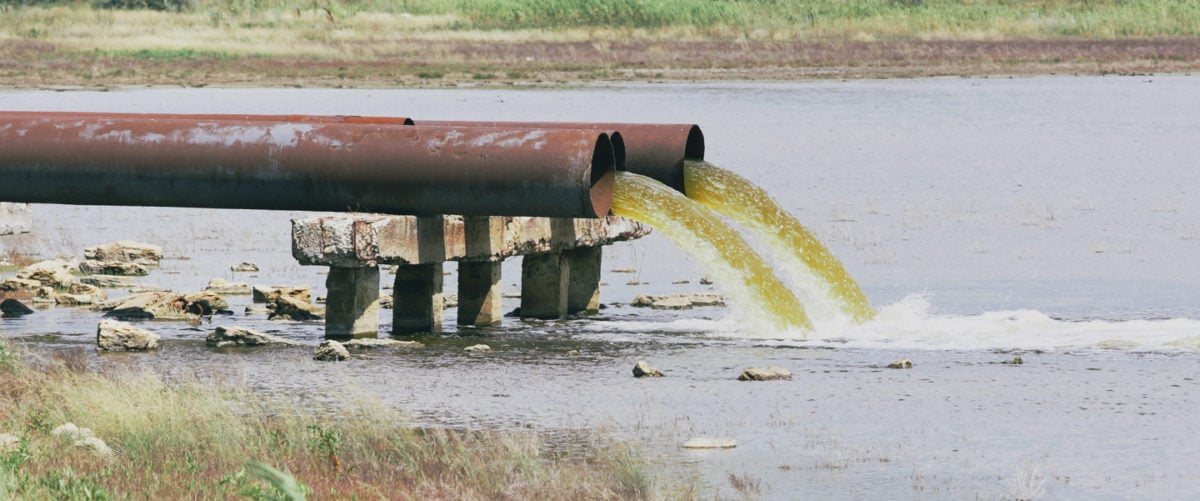Victory! Lawsuit Forces EPA to Crack Down on Slaughterhouse Pollution
Published Mar 25, 2024

With allies, we forced EPA to tighten outdated standards for harmful slaughterhouse water pollution.
In 2019, Food & Water Watch and allies filed a lawsuit asking a federal court to force EPA to update the Clean Water Act regulations for the meat and poultry product (MPP) industry. The MPP category consists of more than 5,000 slaughterhouses, processing, and rendering facilities that kill and process billions of animals in the U.S. each year. Cumulatively, these facilities generate immense amounts of wastewater contaminated with pollutants such as nitrates, phosphorus, E. coli, pathogens, and chlorides that degrade water quality and harm human and environmental health. The MPP industry contributes more phosphorus pollution to U.S. waters than any other regulated industry, driving hazardous algal blooms that threaten local ecosystems. Yet, EPA has not updated the MPP regulatory guidelines since 2004. Now, following decades of government inaction, EPA is finally set to tighten water pollution standards for MPP facilities within the next year and a half.
As a result of our lawsuit, EPA signed a consent decree binding the agency to finalize new regulations for the MPP industry by August 31, 2025. Accordingly, EPA published a proposed rule on January 23, 2024. The proposal revealed that EPA is considering options that would require MPP facilities to reduce nitrogen loads by up to 83%, phosphorus loads by up to 94%, fecal coliform by 87%, and chlorides by 98%. Food & Water Watch and allies submitted public comments urging EPA to maximize pollutant reductions by choosing the most stringent options in the proposal, including enforceable limits for E. coli and chlorides.
According to EPA, between 70 and 75% of waters downstream from MPP facilities are currently harmed by pollutants found in slaughterhouse wastewater, and the industry is the leading cause of phosphorus impairments nationwide. Thus, updating the Clean Water Act regulations applicable to the MPP industry will significantly improve water quality, with major health benefits flowing to both humans and aquatic ecosystems. In particular, the proposed rule would — for the first time — regulate MPP facilities that send their wastewater to publicly owned treatment plants. This subcategory of the industry pollutes waterways by overwhelming treatment plants with high concentrations of pollutants the plants are not equipped to treat. EPA estimates that 73% of treatment plants that receive MPP wastewater have violated pollution permit limits for the same pollutants that MPP facilities generate. Regulating the MPP facilities that discharge to treatment plants is crucial to safeguarding drinking water supplies and recreational waters nationwide.
This case promises major progress towards clean water nationwide, but our work isn’t over yet. We submitted joint comments on the proposed rule and will continue to hold EPA accountable for issuing final MPP regulations that protect human health, safeguard the environment, and finally clean up this dirty industry.
Enjoyed this article?
Sign up for updates.
TO TOP


